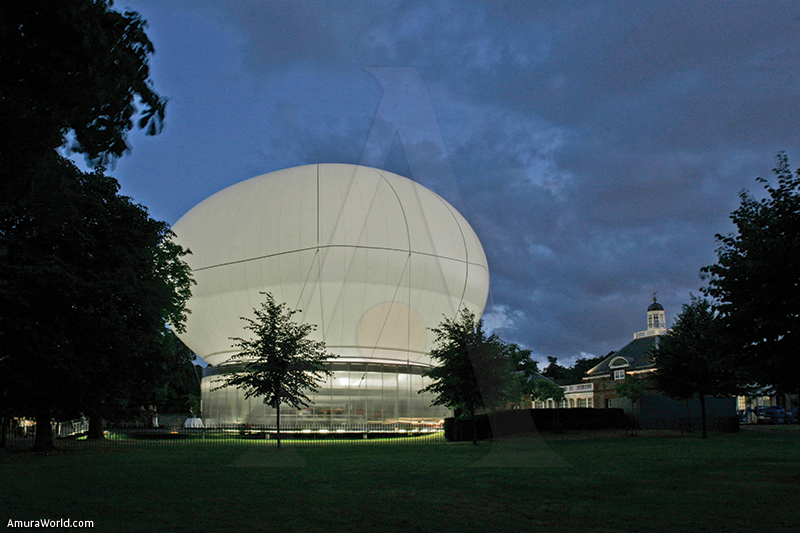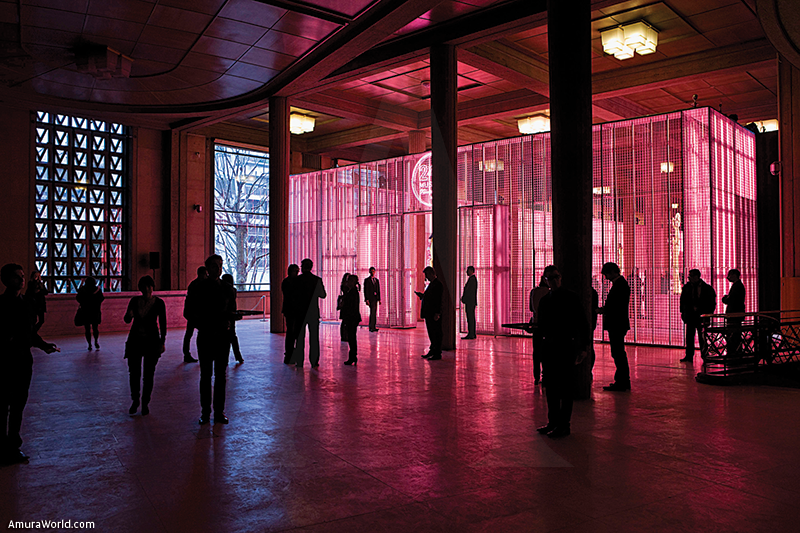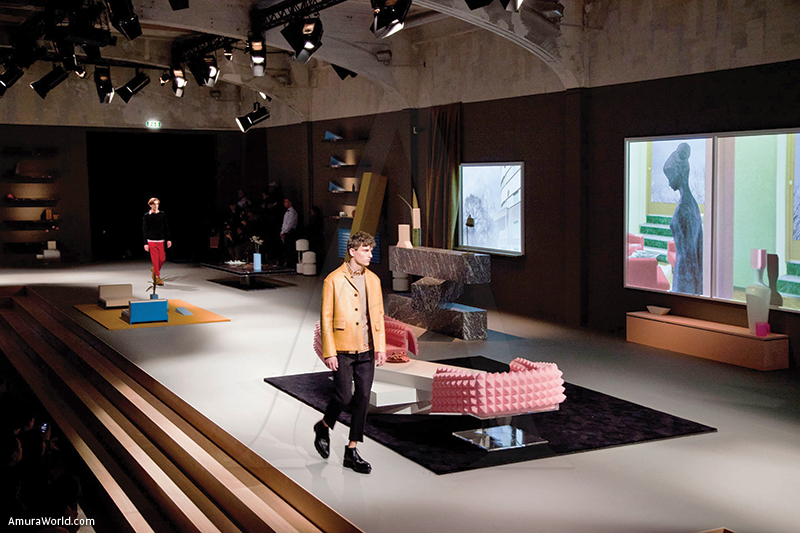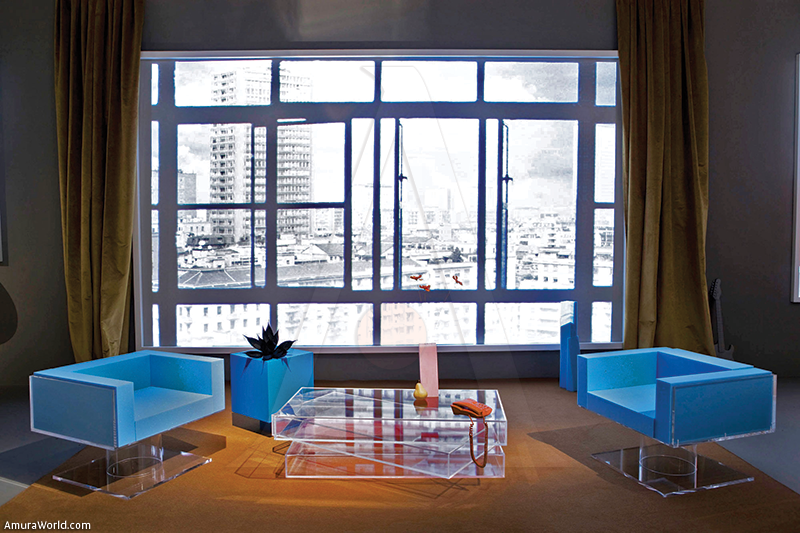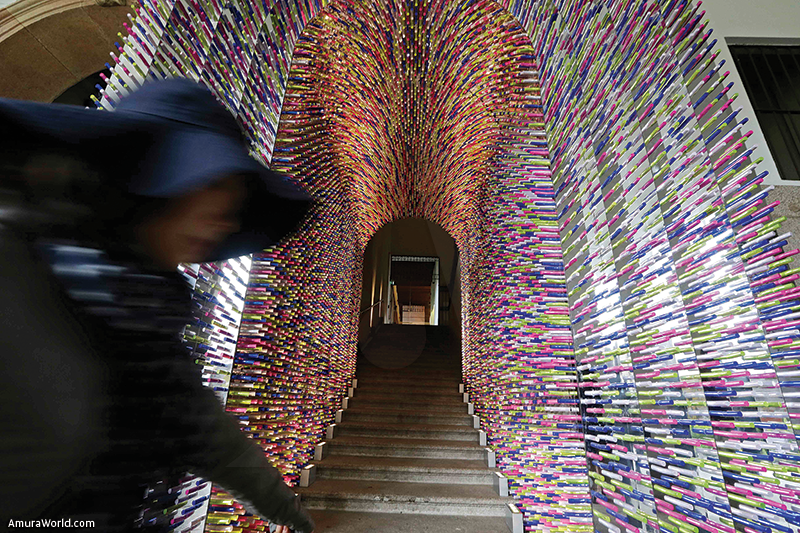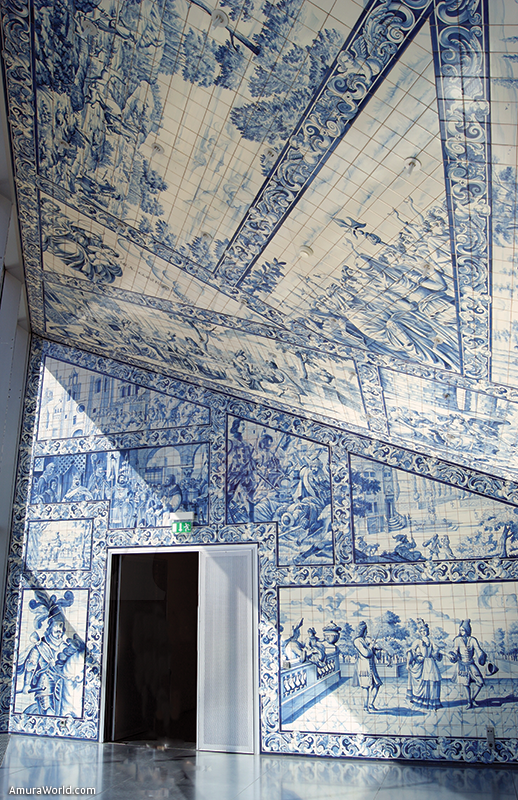Jos Schuring
Is Rem Koolhaas the Netherlands’ most important architect? The question of who is the best Dutch swimmer is easier to answer, as there are at least objective rules for measuring that. Is the number of buildings realised by Koolhaas the deciding factor? In that case the title should go to someone else. Yet the answer to our first question remains a resounding yes.
No-one has had more impact on the following generation, as well as the avant-garde, than Rem Koolhaas (1944). Ex-employees copy and imitate his way of working, both in the Netherlands and all over the world. His architectural firm Office for Metropolitan Architecture (OMA) has offices in Rotterdam, New York and Beijing. Koolhaas’s work is characterised by a pure drive for freedom: to escape from the constricting ethics of functional and ‘rational’ building. This attitude is also prompted by pure stubbornness. And this is something you see in those of his followers who have in the meantime also become leading architects: Kees Christiaanse, Willem-Jan Neutelings and Winy Maas. Even though some of them may have only worked for Koolhaas for two years and have now been working independently for twenty years, you can still see traces of OMA in their considerable oeuvres. Since Maas’s recent involvement in the future plans for Paris, his international celebrity status has grown by leaps and bounds.
More about Dutch architecture
What do Koolhaas’s OMA buildings actually look like? The design phase says a great deal about the work. As the starting point is always a list of requirements, designs are always based on reality, no matter how messy, trite, incomprehensible or just plain boring this may be. Does a client want a transparent building? Then that will be almost hysterically exaggerated. This was the case in the Kunsthal in Rotterdam, for example, where the commission was to create a large area of exhibition space with a logical route through the building, while at the same time bridging the height difference between Museum Park and Westzeedijk. In the design all these points were carried to the extreme and then rigorously set against each other in a building with an ‘impossible’ facade in which marble floats above glass, the facade is smeared with asphalt and a camel walks over a large steel beam. The centuries-old architectonic logic of using light on top of heavy material has been turned on its head in the case of this building.
Post-OMA architects: Neutelings, Den Born
Kees Christiaanse (1953) is a partner from the early days of OMA and currently heads up one of the most influential architectural and urban development firms in the Netherlands: KCAP. The acronym stands for Kees Christiaanse And Partners, one of whom is Han den Born (1958), who also worked at OMA for a short while. KCAP projects are characterised by rationality; a form of professional common sense. Productivity is high. They are capable of working on different projects all over the world at the same time. By now Christiaanse has more completed buildings to his name than Koolhaas. He is more interested in urban development than architecture, and tends to create austere, unprepossessing and anonymous tower blocks, often brought about by a typical post-OMA original interpretation of programme and location. His designs tend not to be much to look at on the outside, but his intention is to create as many useful square metres as possible for the users.
Willem-Jan Neutelings (1959) is diametrically opposed to Christiaanse. His work is based primarily on eighteenth and nineteenth-century ideas about architecture with attention for symmetry and monumentality. He is also interested in ornamentation and integrated decoration in buildings; a theme that has no place within OMA. The unrelenting singularity and stubborn strangeness of his designs could be seen as reminiscent of OMA.
Working with Michiel Riedijk, his bureau Neutelings Riedijk Architects has designed the Netherlands Institute for Sound and Vision building in Hilversum. Here he revealed his roots by producing a completely impossible construction, while at the same time creating an entirely new type of building. Unlike Christiaanse, Neutelings works from a sculptural aesthetic. He sees architecture as an art form, whereas the founder of KCAP regards architecture as planning. One major distinction with Koolhaas is that the master sees a tight budget primarily as a challenge, while for Neutelings it can be a reason for not embarking upon a project.
The outer limits of Koolhaas and MVRDV
Another of Koolhaas’s imitators is architectural firm MVRDV, which takes its name from the founders’ initials: Winy Maas (1959), Jacob van Rijs (1964) and Nathalie de Vries (1965). De Vries is the only one never to have worked at OMA. MVRDV was, for example, commissioned by a housing association to build a relatively low-budget sheltered housing project (WoZoCo) in Amsterdam. The firm sees this type of project as a means towards realising its own ideas. They see a budgetary minefield as a reason for jumping in with both feet. It forces them to go to the limits.
Seeking the limits is something that MVRDV has in common with Koolhaas. Now that he can financially afford to refuse commissions, he is searching for other ideological or political limits. One such ideological grey area is the construction of the tower for the Chinese Central Television Headquarters, a project Koolhaas started work on in 2004. Could he work for a more-or-less dictatorial government? Did he want to build for the state television, a source of propaganda and repression? For Koolhaas the answer was yes, precisely because he wanted to engage with the transformation that this society is going through and which will ultimately influence all of us. Koolhaas received severe criticism for his choice, but eagerly seized upon the opportunity to debate the issue with his critics.
Flat with a hole
Winy Maas took the collage-like and gimmicky approach that he had used at OMA with him to MVRDV. Typical of the buildings designed by this firm is their almost anecdotal cleverness. The essence of their design can be captured in a single phrase. In Madrid, for example, they built a flat with a hole in the middle. A Boeing could fly right through it without damaging the building.
MVRDV scores hits that are an immediate success among architecture students, who go on to copy them, ad nauseum. Some of their buildings are exciting, experimental to the point of excess, and look spectacular, such as the Silodam housing complex, the sheltered housing (WoZoCo) and the Lloyd Hotel in Amsterdam. But they are all too often abstract and bare, such as the aforementioned El Mirador flat in Madrid, and the Parkrand building in Amsterdam.
Sometimes a battle flares up between the master and his pupil, for example regarding the VPRO building in Hilversum. Here Koolhaas accused MVRDV of plagiarism, a discussion that can rarely be brought to any satisfactory conclusion. The conflict ended undecided and in a flurry of abusive language. In 2009 attention was fixed on Winy Maas because he was one of only ten architects to be chosen by French president Sarkozy to develop a vision for Paris in 2030.
Sector institute and the Architecture Biennale
The Netherlands Architecture Institute (NAi) in Rotterdam is the national sector institute for architecture, urban development and the landscape. It is a museum, archive, library and cultural stage rolled into one. The NAi holds important archives and collections from Dutch architects from 1800 onwards, and makes them accessible to the public. As a sector institute it provides opportunities for research and offers a platform for discussion. Through exhibitions, lectures, debates and publications, the NAi aims to inform, inspire and stimulate both architecture professionals and the general public. In 2009 the fourth edition of the Architecture Biennale took place. The NAi is not the organiser of this event, but does play an important role. Unlike Venice, the Rotterdam event is primarily a research biennale.
The NAi is also very active internationally. The NAi provides the official national presentations for the architecture biennales in Venice and Sao Paulo and organises around twelve debates each year outside the Netherlands. It also carries out research and invites at least twenty professionals to visit the Netherlands for a few days each year.
Text: Ministerio de Relaciones Exteriores por medio de la embajada de los Países Bajos en México ± Photo:

